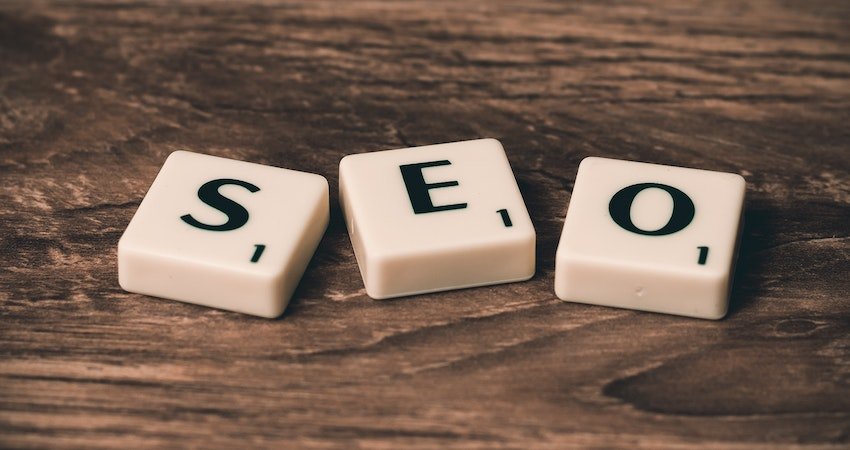5 Important On-Page SEO Factors for Quick Impact
When you want fast results, making changes on-page SEO is where you can take your first step. On-page SEO is the process of optimizing pages on your website to boost the user experience and provide Google with a deeper understanding of your content, which can help you rank higher and get more visitors.
On-page SEO provides high-quality content to your web pages to boost their position in search engines. This covers titles, headings, and picture alt-text optimization. It also ensures that the site contains authoritative content and trustworthiness.
Begin by auditing a small group of pages for the most significant on-page SEO variables. Optimizing for each critical on-page component can have a massive effect, even if each modification is only a little tweak. Thus, this article brings you some essential on-page factors that can impact your website. Let’s have a look.
Most Important On-page SEO Elements To Consider
1. Title Tags
The title tag appears underneath the webpage address but above the description in search engine results. Title tags ought to be eye-catching, on-brand, and keyword-optimized. Meta-data optimizations are, in principle, the most fundamental of activities. However, in reality, creating title tags is more fun than a difficult procedure.
The basics of title tags are simple, but the method is intricate. A commonly acknowledged rule is to ensure your tags are under 60 characters; however, you should write your tags between 51-55 characters so Google won’t rewrite your tags.
Suppose you’re writing title tags for customers. Well-written content can help you establish their trust in your expertise in their industry, product, and business. Does your content not optimize by search engines? Do you want optimized content with eye-catching titles? Then get in touch with search engine optimization company Dubai, get keyword-optimized title tags, and rank higher.
2. Headings
Headings are all about picking up the right terms and words. It also means that you should place your words in the right place and in the right manner. Including your target keyword in your headings and subheadings is not optimal: optimizing an H1 will have a greater effect than writing the same words in the page content where you can hide them.
Similar to the title tag, the H1 should be witty, intriguing, and keyword-rich to draw your target market to the main section. Conversely, H2s and H3s usually have the most promise because they are more likely to be disregarded, out-of-date, and unoptimized, making them prime candidates for SEO optimization.
3. Rich & Original Content
Semantic search and natural language processing are the future of on-page SEO. That implies you must ensure that your content is keyword-rich and profound. Great content should respond to the inquiry and predict and answer the user’s subsequent queries.
But what about content types where the material is naturally brief? Make the best use of shorter information by being deliberate with each word. To that purpose, ensure your content is full of phrases that are semantically connected to your desired keyword. Also, the content should be simple to read for both humans and machines.
Applying the two basic guidelines above to any copy may surprise you with the patterns you discover. Short, fragmented sentences are used on product websites. These sentences are very short, simple, and to the point. Short sentences in rich content make an idea clear to the reader. Once the idea is clear, the reader will want to buy your services.
4. Descriptive Image Alt Text
Image optimizations are vital for SEO, depending on your content type. If the material is an illustration or the subject matter is visually based (e.g., interior design, fashion trends), optimizing the alt text falls into the “really crucial” category. Descriptive alt text is always important for visually challenged users.
5. On-page E-A-T Signals
If the recent algorithm modifications influence your rankings, you should investigate your site’s E-A-T signals. Expertise, Authoritativeness, and Trustworthiness (E-A-T) are ways Google determines the value of your material. Meanwhile, when it comes to E-A-T, you can make some immediate on-page gains.
Consider including high-quality external citations in your informational material and long-form publications. Make sure the author is credible and include author profiles. Remember that E-A-T signals are available for both users and excellence raters, so awards, recommendations, and studies may provide value to your target audience.
E-A-T signals determine the originality of your website. Search engines decide the value of your content through E-A-T. It’s a must thing to do for your SEO. Does your content not recognize by search engines? Do you want to be recognized with effective E-A-T signals content for your website? Then, contact the SpiralClick SEO team and get optimized content with effective E-A-T signals.
On-Page SEO Implementation Is Key
On-page SEO is all you need if you want your website to appear whenever a user searches for a product or service. Optimizing for on-site elements regularly will assist in enhancing your engagement, rankings, and traffic! So, what are you waiting for? Try some search engine optimization services and rank your website at the highest.







